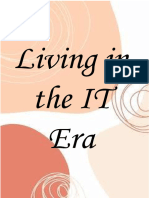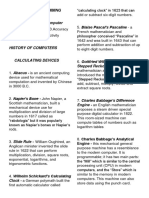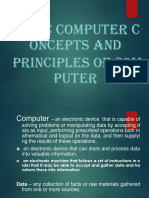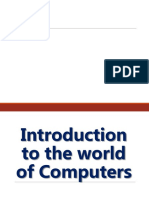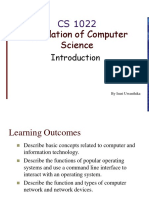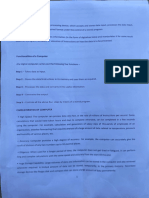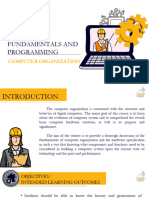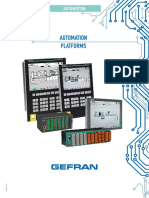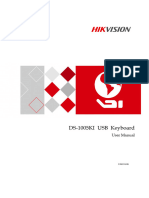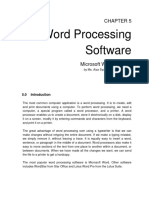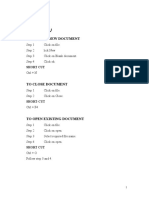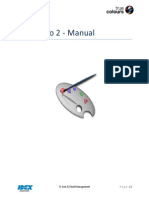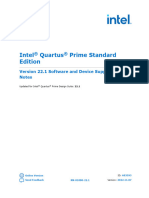0% found this document useful (0 votes)
70 views54 pagesComputer Lieracy Lecture Notes
This document provides an introduction to computers, including their prevalence in daily life, common computer devices, and definitions of key terms like data and information. It discusses the history of computers from early counting tools to the development of modern electronic computers in the 1940s-1950s. The document also covers computer generations from vacuum tubes to integrated circuits and microprocessors, and provides a basic classification of computers into supercomputers, mainframes, minicomputers, and microcomputers.
Uploaded by
nkayomocCopyright
© © All Rights Reserved
We take content rights seriously. If you suspect this is your content, claim it here.
Available Formats
Download as PPTX, PDF, TXT or read online on Scribd
0% found this document useful (0 votes)
70 views54 pagesComputer Lieracy Lecture Notes
This document provides an introduction to computers, including their prevalence in daily life, common computer devices, and definitions of key terms like data and information. It discusses the history of computers from early counting tools to the development of modern electronic computers in the 1940s-1950s. The document also covers computer generations from vacuum tubes to integrated circuits and microprocessors, and provides a basic classification of computers into supercomputers, mainframes, minicomputers, and microcomputers.
Uploaded by
nkayomocCopyright
© © All Rights Reserved
We take content rights seriously. If you suspect this is your content, claim it here.
Available Formats
Download as PPTX, PDF, TXT or read online on Scribd
/ 54







